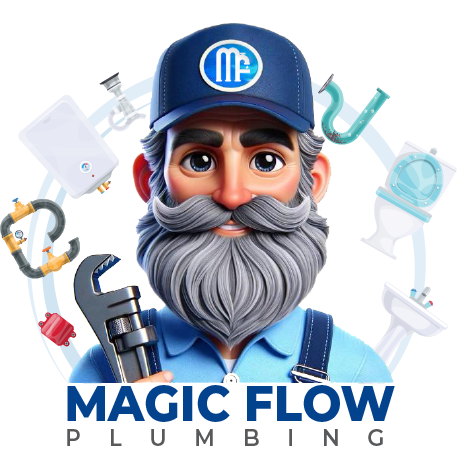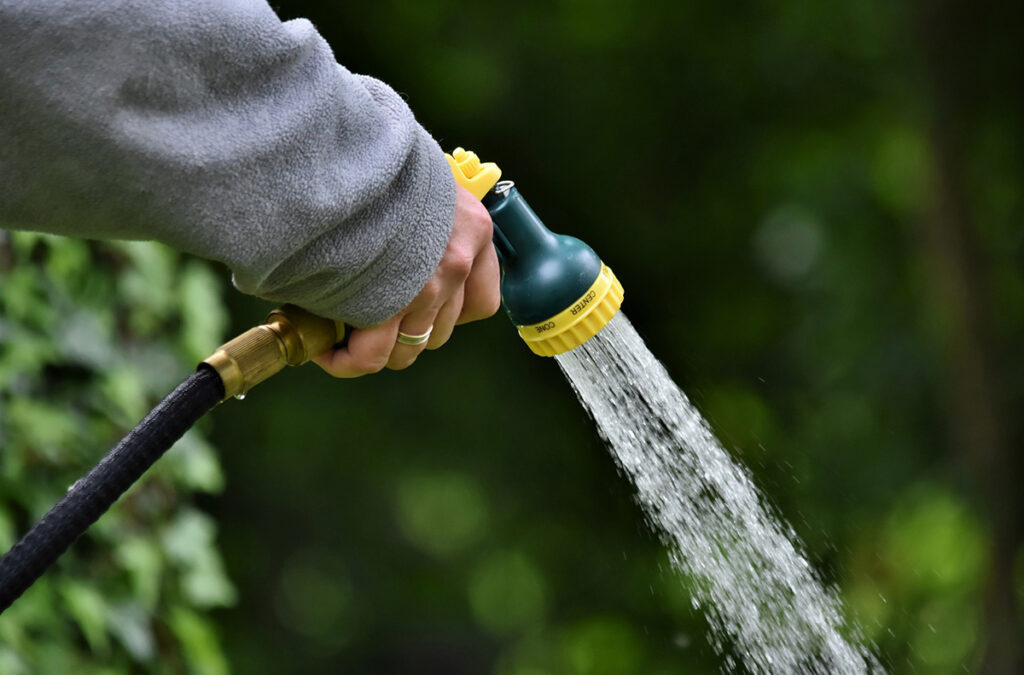In an era of environmental consciousness, every household has the potential to contribute positively by incorporating eco-friendly and water-saving plumbing solutions. These practices not only help preserve our precious water resources but also reduce utility bills and the overall environmental footprint of a home. This comprehensive guide will explore various water-saving devices and eco-friendly plumbing practices that you can adopt to make a difference.
Understanding the Importance of Water Conservation
Water is a finite resource, and with the increasing pressures of climate change and population growth, conservation is more critical than ever. The average American family can waste 180 gallons per week, or 9,400 gallons annually, from household leaks alone. By implementing water-saving plumbing solutions, households can significantly reduce water wastage.
1. Low-Flow Fixtures
One of the simplest ways to start saving water is by installing low-flow fixtures, including toilets, showerheads, and faucets.
- Toilets: Opt for High-Efficiency Toilets (HETs) that use no more than 1.28 gallons per flush, compared to older models that might use as much as 6 gallons. Dual-flush toilets, which provide a lower-flush option for liquid waste, are another great choice.
- Showerheads: Low-flow showerheads can reduce water use by about 40% or more. Look for ones that use no more than 2.0 gallons per minute (GPM).
- Faucets: Installing aerators on faucets can reduce flow rates to less than 1 GPM, making them an easy and inexpensive way to cut down on water use.
2. Tankless Water Heaters
Tankless, or on-demand, water heaters provide hot water only as it is needed, eliminating the need to continuously heat and reheat water in a tank. This reduces the standby energy losses associated with traditional storage water heaters and can save significant amounts of water and energy.
3. Smart Irrigation Systems
Outdoor watering can account for a significant portion of residential water use. Smart irrigation systems optimize water use by adjusting the watering schedule based on weather conditions, soil type, and plant water requirements. These systems can reduce outdoor water use by up to 50% compared to traditional methods.
4. Greywater Systems
Greywater refers to the relatively clean waste water from baths, sinks, washing machines, and other kitchen appliances. By installing a greywater system, you can reuse this water for gardening and flushing toilets, significantly reducing your freshwater usage.
5. Rainwater Harvesting
Collecting and storing rainwater for garden and landscape irrigation is an excellent way to conserve tap water. Rainwater harvesting systems range from simple barrels placed under downspouts to more elaborate systems with storage tanks, pumps, and filtration systems.
6. Insulate Plumbing Pipes
Insulating hot water pipes reduces heat loss and can deliver hotter water faster than uninsulated pipes, thus saving water, energy, and money. This also lessens the environmental impact associated with heating water.
7. Regular Maintenance
Routine checks and maintenance are vital to ensure plumbing systems operate efficiently. A small leak can waste a lot of water over time, so fixing leaks promptly is crucial.
- Detect Leaks: Check for leaks regularly or install a smart water monitor that can detect leaks and track water usage in real time.
- Service Your Systems: Have your plumbing system checked annually by a professional to ensure everything is in working order and running efficiently.
8. Sustainable Material Choices
When renovating or building new plumbing systems, consider materials that are sustainable and eco-friendly. Copper pipes, for example, are durable and recyclable, reducing the need for frequent replacements and minimizing waste.
9. Educate Household Members
Educating family members about the importance of water conservation and how to use water-efficient fixtures correctly can significantly amplify your conservation efforts. Simple habits like turning off the tap while brushing teeth or fixing drips promptly can make a big difference.
Adopting eco-friendly and water-saving plumbing solutions is not only an environmentally responsible decision but also an economically wise one. As we face global challenges related to water scarcity and environmental degradation, individual actions can collectively lead to significant impacts. By implementing these technologies and practices, you contribute to a sustainable future while enjoying the benefits of reduced utility costs and a lower environmental footprint.

